Marble, a natural stone renowned for its beauty and durability, has been a preferred material in architecture and the arts across centuries.From ancient temples to modern buildings, people have used marble to add elegance and creativity to their designs. This article explores the uses of marble in architecture and art, tracing its journey from ancient civilizations to contemporary designs, while highlighting its diverse applications and significance, along with providing a general overview of marble prices for sale in 2025.
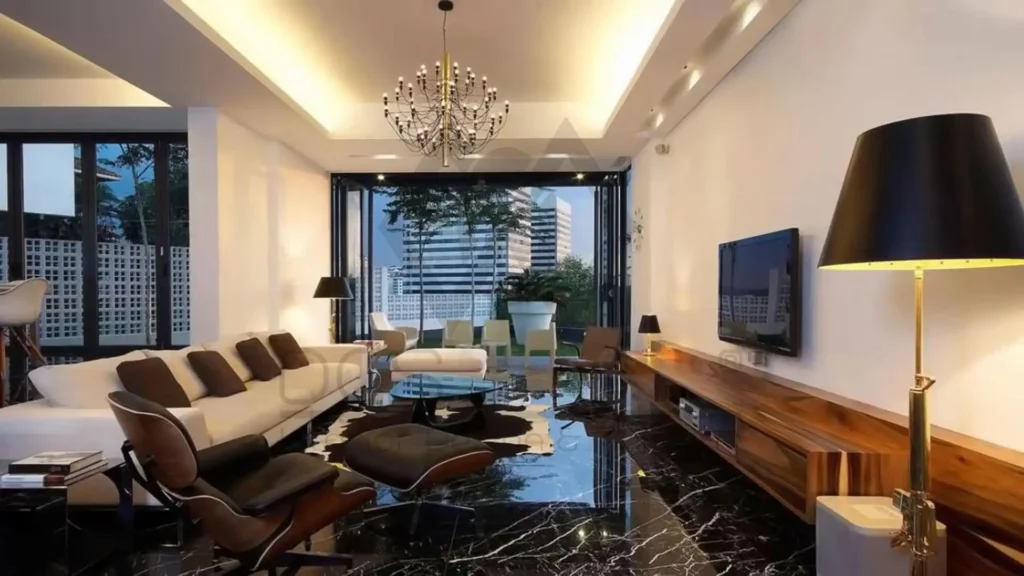
Introduction
Marble is more than just a construction material; it is a symbol of luxury and beauty throughout history.ؤ In the modern era, its applications have evolved to include interior design and contemporary architectural projects, adding a blend of sophistication and functionality. This article forms part of a series on marble, following discussions on its extraction and manufacturing in the previous articles, to complete the narrative by examining its practical and artistic applications.
Cutting Marble into Pieces for Use
Before delving into the uses of marble, it is essential to understand the final stage of its manufacturing process: cutting slabs into finished pieces ready for use in architecture and art. This stage follows the extraction and processing of marble into slabs, as outlined in the second article, and involves several precise steps:
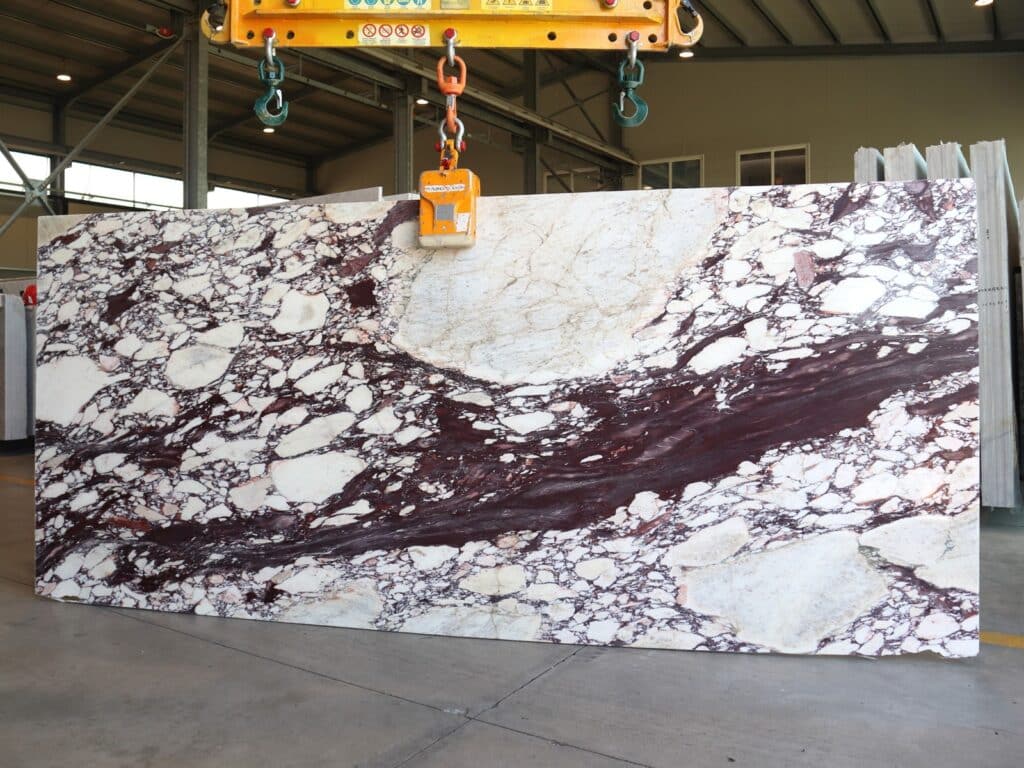
- Determining Required Sizes
The cutting team determines the sizes of the marble pieces based on their intended use, whether as floor tiles (e.g., 60×60 cm), custom pieces for sculptures, or large panels for building facades. They use computer-aided design (CAD) software to ensure accurate dimensions.
Precise Cutting
Operators use advanced techniques such as high-pressure water jets or diamond saws to cut the slabs with precision. They rely on water jets for intricate shapes like artistic decorations.
Edge Finishing
Workers polish the edges of the marble pieces to ensure smoothness and suitability for installation, such as shaping countertop edges into curves for safety and aesthetics.
Packaging and Transportation
The production team carefully packs the marble pieces using shock-resistant materials, such as wooden crates or foam, to ensure they arrive undamaged at construction sites or designated locations.
This stage is critical as it determines the suitability of marble for its final applications in architectural projects or artistic works.
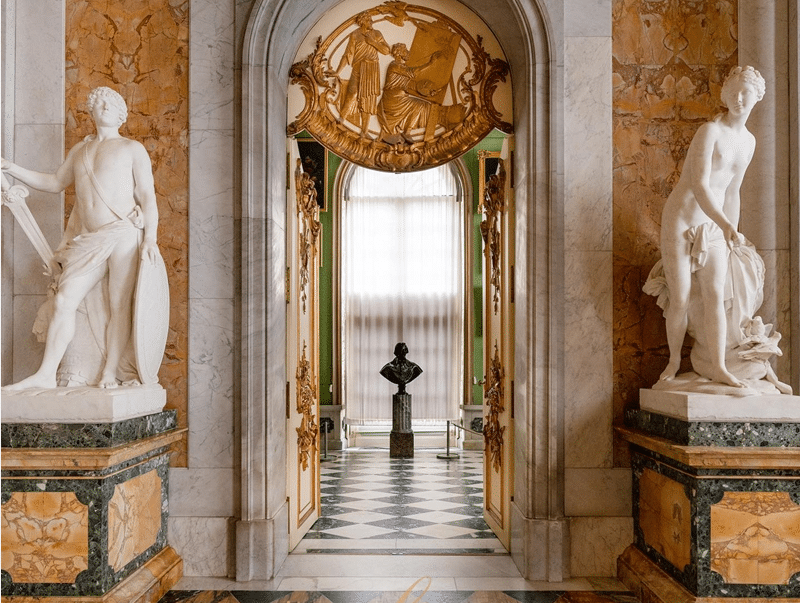
Marble in Architecture Through History
Ancient Times
In ancient civilizations, marble was a fundamental material in architecture due to its strength and beauty. In ancient Greece, Thasos white marble was used to construct temples like the Parthenon in Athens, adding timeless elegance with its pure color and sheen. The Romans also extensively used marble, as seen in the Pantheon in Rome, where Carrara white marble adorned columns and walls, reflecting its value.
The Middle Ages
During the Middle Ages, marble continued to play a significant role in religious architecture.The Byzantines used marble to decorate churches like Hagia Sophia in Istanbul, incorporating colorful slabs with intricate patterns on floors and walls. Similarly, Islamic architects employed marble in mosques and palaces, such as the Umayyad Mosque in Damascus, to enhance elegance and grandeur.
The RenaissanceIn Italy, builders used Carrara marble to construct cathedrals like Florence Cathedral, adorning the facades with colored marble panels. European artisans also incorporated Carrara marble into palaces such as Versailles in France, embellishing floors and staircases to showcase opulence.The Renaissance
In the Renaissance, marble experienced a strong resurgence as a key material in architecture.
Marble in Art Through History
Sculpture in Ancient Times
Marble was the preferred medium for sculptors due to its softness and workability. In ancient Greece, it was used to carve iconic statues like the Venus de Milo. The Romans also utilized marble in their sculptures, such as the statue of Augustus Caesar, showcasing detailed features of clothing and faces.
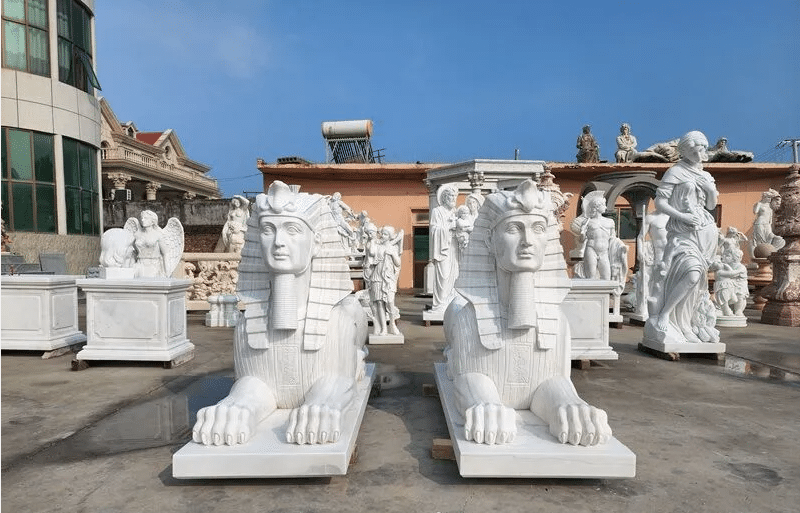
The Renaissance and Modern Art
During the Renaissance, artists like Michelangelo mastered the use of marble to create enduring masterpieces. The statue of David, carved from Carrara marble, stands as a prime example of this skill. In modern times, artists like Henry Moore continued to use marble for contemporary sculptures, crafting abstract forms that reflect the natural beauty of the material.
Marble in Modern Architecture and Design
Interior Design
In the modern era, marble has become a staple in interior design. It is used in flooring and wall cladding to impart a luxurious touch, as seen in upscale hotels and offices. Marble countertops, such as those made from Spanish Crema Marfil, are popular in kitchens and bathrooms for their elegant appearance and durability.
Contemporary Buildings
In modern architecture, designers use marble in building facades to create a contemporary aesthetic. For example, architects specify Turkish Mugla white marble for cladding commercial and residential structures. They also incorporate marble into public projects like metro stations and airports, where it adds both elegance and practicality due to its durability and resistance to wear.
Landscape Design
In landscape design, architects use marble for pathways and gardens. In villas and resorts, they install marble tiles to decorate outdoor spaces, such as walkways leading to swimming pools, adding a touch of luxury while maintaining durability against weather conditions.
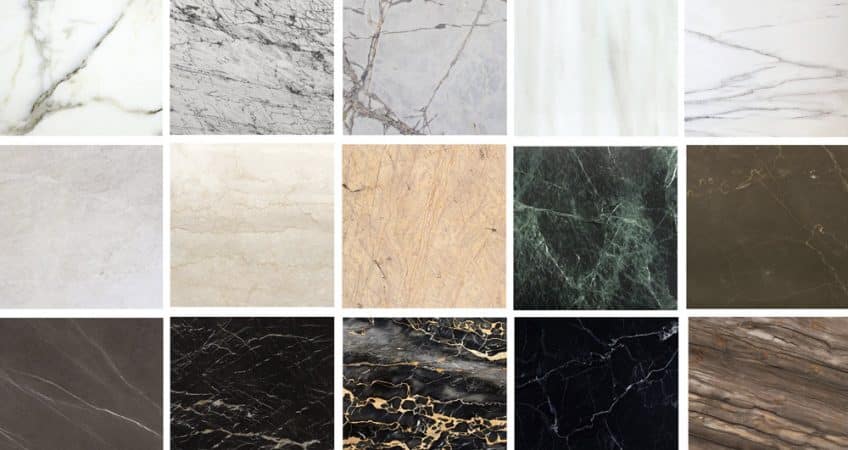
Marble Prices for Sale in 2025
For users interested in purchasing marble in 2025, prices vary depending on type and quality. For example, a square meter of Egyptian Sylvia marble starts at approximately 130 Egyptian pounds for flooring, while Brescia marble ranges from 350 to 460 pounds per square meter. Imported Turkish Carrara marble may begin at 1055 pounds per square meter, while Crema Marfil prices range between 1655 and 1675 pounds. These prices are estimates and may fluctuate based on market conditions and regions, so contacting local suppliers for accurate quotes is recommended.
Challenges and Sustainability in Uses of Marble
The use of marble faces challenges such as high costs and environmental impact. Extracting and transporting marble requires significant energy, affecting the environment. However, modern techniques, such as recycling marble remnants for use in other industries like cement production, contribute to sustainability efforts.
Notable Examples of Marble Use

- Taj Mahal in India: Makrana white marble was Uses of Marble to construct the Taj Mahal, one of the Seven Wonders of the World, showcasing its natural beauty and vein patterns.
- Louvre Museum in Paris: The floors and staircases are adorned with marble, adding a luxurious touch that reflects the museum’s importance.
- Burj Khalifa in Dubai: Marble is Uses of Marble in the interior design of the tower, particularly in lobbies and floors, to enhance grandeur.
Conclusion
Marble remains an everlasting material in architecture and art, blending beauty and functionality across the ages. From ancient temples to modern buildings, it has maintained its status as a symbol of luxury and creativity. With the final stage of cutting marble into ready-to-use pieces and providing an overview of its prices in 2025, it becomes clear how this process completes its journey from quarries to practical and artistic applications while promoting sustainability.







